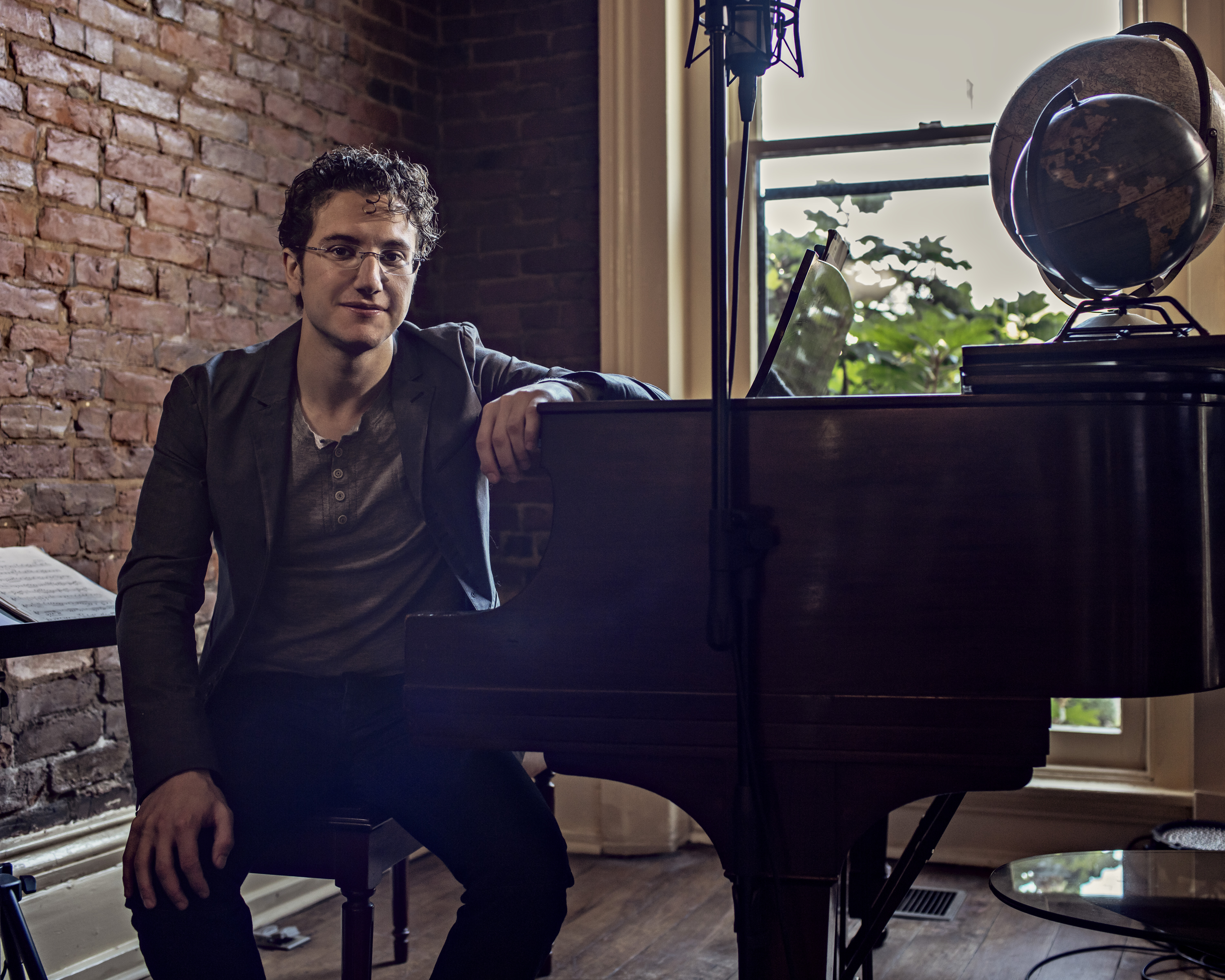Why Is A440 A Universal Tuning Standard?
As Ryoji Ikeda gets set to explore the note in his RBMA Festival Los Angeles event, Matthew Guerrieri explains the origins of the standard itself
As part of Red Bull Music Academy Festival Los Angeles, renowned artist Ryoji Ikeda will present a brand-new composition, in collaboration with 100 automobile owners, that constitutes the world’s largest synth orchestra. The piece, entitled A [for 100 cars] will continue Ikeda’s long-running series investigating the frequencies of the note A. Ikeda is interested in exploring how, even with ostensibly the same note playing, the frequencies produced, en masse, will create strange and wondrous effects.
Before the world settled on the general tuning standard of A=440Hz, there were historically many different standards. In thinking about the event, we wondered: How did we get to a place where a substantial majority of the world agreed on a single standard? Below, Matthew Guerrieri explains.

It is, at least in theory, the most often-heard pitch in Western music: an A, above middle C, vibrating at 440 cycles per second. It’s the pitch used to ensure instruments are in tune, with themselves and each other. The oboist plays it to prime orchestra concerts. Pitch pipes and tuning forks are adjusted to it. It’s a factory preset for electronic keyboards and tuners. It’s an industrial benchmark: ISO 16, as designated by the International Organization for Standardization. (ISO 15 concerns the proper categorization of ball bearings.) It’s everywhere. How did that come about?
Because of steam, mainly. For centuries, pitch had been a local trait, based around the tuning of what was normally the biggest instrument in town: the organ. And organs varied wildly. Even into the 1800s, some French cathedral organs still maintained an A in the 370s, nearly a third lower than the current standard. Chamber organs, on the other hand, were tuned sharp – sometimes as much as a third higher.
But the advent of steam power birthed a new species: the traveling virtuoso. Soloists and, especially, singers preferred a reasonably constant tuning from city to city and country to country. (The comparison with another by-product of the spread of steamships and trains – standardized time zones – is apt.) As the 19th century went on, pitch standards converged, and, in general, became higher; those old, low-tuned organs became relics.
Still, variance remained the rule, though the variance was more precisely measured, thanks to another contemporary type: the well-off, enthusiastic amateur scientist. Johann Heinrich Scheibler was a successful German silk dealer, but his consuming hobby was acoustics. He invented and built a tonometer: a mounted collection of dozens of microtonally-graduated tuning forks. He traveled around Europe, measuring the exact pitch of other tuning forks in various cities and institutions. In Paris, he found that A ranged from 426.7 to 440.7; the Berlin Philharmonic tuned to 441.62; the Vienna Philharmonic had six different tuning forks, from 433.66 up to 444.87.
When the German Society of Naturalists and Doctors held its annual meeting in 1834, in Stuttgart, Scheibler proposed A440 as a reasonable average. A few took up “Stuttgart pitch” – Johann Baptist Streicher, in Vienna, who had just inherited the family piano-manufacturing business from his parents, started tuning his products to 440 – but regional differences still held sway. The Royal Philharmonic in Britain, between the 1820s and the 1850s, swung from 433 to 455, the latter also becoming the standard for British army bands. Ensembles in Paris and Vienna adopted the French diapason normale, 435 vibrations per second. In Italy, opera’s natural habitat, the singers had railed against the gradual rise in pitch; 435 became the upper limit. (Giuseppe Verdi came to prefer 432.)
In America, where, after all, everything was faster, brighter, louder, A440 became, more or less, the official benchmark – adopted by the American Federation of Musicians in 1910 – due to the efforts of J. C. Deagan, a manufacturer of bells and tuning forks. By 1936, WWV, the radio station run by the U. S. Bureau of Standards to broadcast time and frequency, was sending out an hourly A440 tone for the benefit of musicians in radio studios across the country.
A440 was one of the last things European countries would agree on before the outbreak of World War II.
In May, 1939, delegates from France, Germany, Holland, and Italy joined their British counterparts at Broadcasting House, the London home of the BBC, to settle the question of concert pitch. (Representatives from Switzerland and the United States sent their views by mail.) Into the fray stepped Sir James Swinburne, an electrical engineer who, in search of better insulating material for electric gadgets, had been instrumental in the development of plastics. Swinburne was also a music lover, a dedicated amateur pianist and organist. In 1937, he provided the Royal Musical Association a lecture on “The Ideal Scale”: how to tune a scale to pure ratios, and the ways in which performers customarily fudged those ratios in order to retain acceptable consonance across different keys.
A year later, Swinburne was the Musical Association’s representative to a preliminary conference called to decide what the British position on concert pitch should be. British piano tuners had settled on A439 in 1899, but, his interest in ratios and electronics converging, Swinburne objected: 439, he noted, was a prime number; 440 was more easily factored, and more easily electronically synthesized. The other European powers agreed. It was one of the last things they would agree on before the outbreak of World War II.
Even today, it is not exactly a universal standard. Early-music groups have continued to explore older, lower pitch levels. Leonard Bernstein, that paragon of successful excess, routinely tuned the New York Philharmonic to the edgier, more brash A442. (The piano tuners’ union officially complained; Bernstein insisted that both the New York and Boston orchestras had tuned high for as long as he could remember.) Devotees of new-age pseudo-science and political conspiracy theorists have found common ground in disparaging A440, the former promoting A432 as somehow being more in tune with the vibrations of the universe, the latter, led by the habitually controversial Lyndon LaRouche (who also insisted that The Beatles were an elaborate psychological operation by British intelligence agencies), advocating for “Verdi pitch” by dubiously linking A440 to Nazi propaganda.
In the end, A440 is, in practical terms, an elusive target. In 1900, Charles Cross, an MIT acoustician, as part of a historical survey of tuning forks, found that none of those listed as A440 actually vibrated at exactly 440 cycles a second. Circuits are more precise, but orchestras, for example, don’t tune to an electronically-generated tone; they tune to an oboe, which may, after all, be a few cycles flat or sharp (usually the latter) depending on the day. Even if an ensemble could initially tune to a precise 440, as the hall and the instruments warm up, the pitch rises. A440 is, perhaps, the ideal musical standard, reminiscent of music itself: seemingly direct, but surprisingly difficult to pin down.

